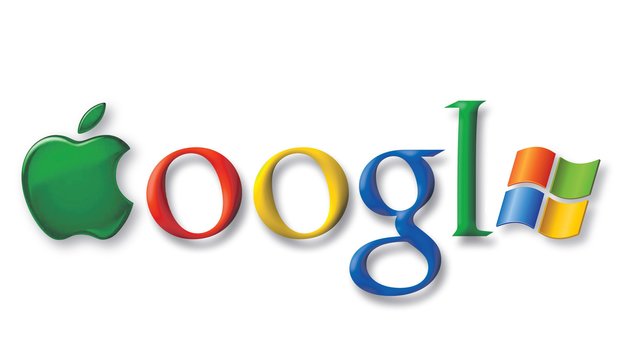I had a chance over the last two days to spend some real life time with the Microsoft Surface RT. I got a good feel for the product and pairing that with what I know about Windows 8 I feel confident enough to write up some impressions.
The Surface is a PC, which is impressive considering what is inside. It’s definitely not any normal PC, but a Windows PC nonetheless. On top of that I must say it is the best notebook I have ever used. It’s light, it has a touch screen, it makes no noise and it runs for about 10 hours, what more can you ask for. Oh, and it runs the latest version of Windows.
Playing around with the Surface I find myself seeing Windows 8 in a new light. I have been using Windows 8 primary with a mouse and no touch screen. I had an idea of what Windows 8 would feel like on a touch screen, since I have had short encounters with other Windows 8 touch units. The Surface makes it all come together, and on it Windows 8 just makes perfect sense.
The Surface I had access to came with the TouchCover. The TouchCover is the perfect accessory for the Surface. I found myself using it just as much for typing as flipped to the back, using the Surface in stable mode. Coming from the iPad with the Ultra-thin Logitech keyboard, that is a new feeling. I almost never unhook the iPad from the keyboard, but leave it connected and docked. Using the Surface, the fact that the TouchCover is connected in the way it is, turning from PC mode to tablet mode is so easy that I find myself doing it constantly with no effort.
Talking about the TouchCover, it is surprisingly good to type on. I had feared that it would be too close to typing on a screen and that I would just hate it. It’s not. It’s no way as good as a real keyboard, but so much better than typing on the screen. I have not tried the TypeCover, but I’m sure I would like that a lot better. I’m not sure that I would welcome the added weight and thickness. The Surface is no lightweight. It feels heavier than the iPad, because the unit is long and not square as the iPad. This does change when adding the TouchCover because the Ultra-thin keyboard is heavy compared to the TouchCover.
I have used Windows 8 on Atom and Core2 Duo platforms and the ‘Metro’ apps an equally slow on Windows RT as well. It seems somehow that apps built for Windows 8 UI are just slow. Slow to start, slow to refresh, slow to draw information from the net, slow to reload when left for some other app, and so on. The processor running the show seems to make no difference. Tegra3, Atom, Core none of them does the job very well. The only processor type I have not tried for a longer time period I the Core iX series, but it seems excessive that basic apps like the Windows 8 apps should need that much power to run well.
All in all I came away very impressed by the Surface. I truly love the form factor, the screen, the TouchCover and Windows RT is impressive. I would, if I had more time with the Surface, find the current lack of apps annoying, but I know that it’s just a question of time. There is lots of new apps in the Windows Store every day, and more and more big apps are getting Windows 8 versions. The Surface has a lot to offer, and it does many of the things that the iPad does not, but for me it does offer up one major problem.
I would feel just weird dragging along both a work notebook and a Surface. They are just too similar that it would seems pointless. Carrying an iPad along with a work PC seems okay, since they solve very different tasks. If I ever got myself a Surface I would want to use as my only PC. It’s powerful enough to do the tasks, it’s flexible enough to play the role, and it has Office to back it all up. I truly want the Microsoft Surface RT.
P.S. This post in typed out on the TouchCover and the experience is really okay.





